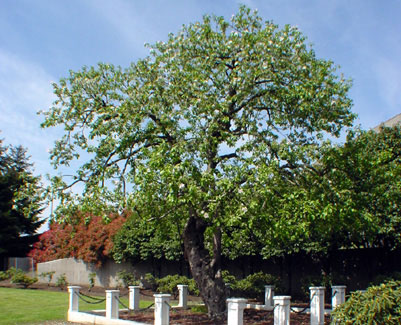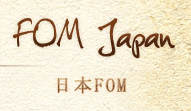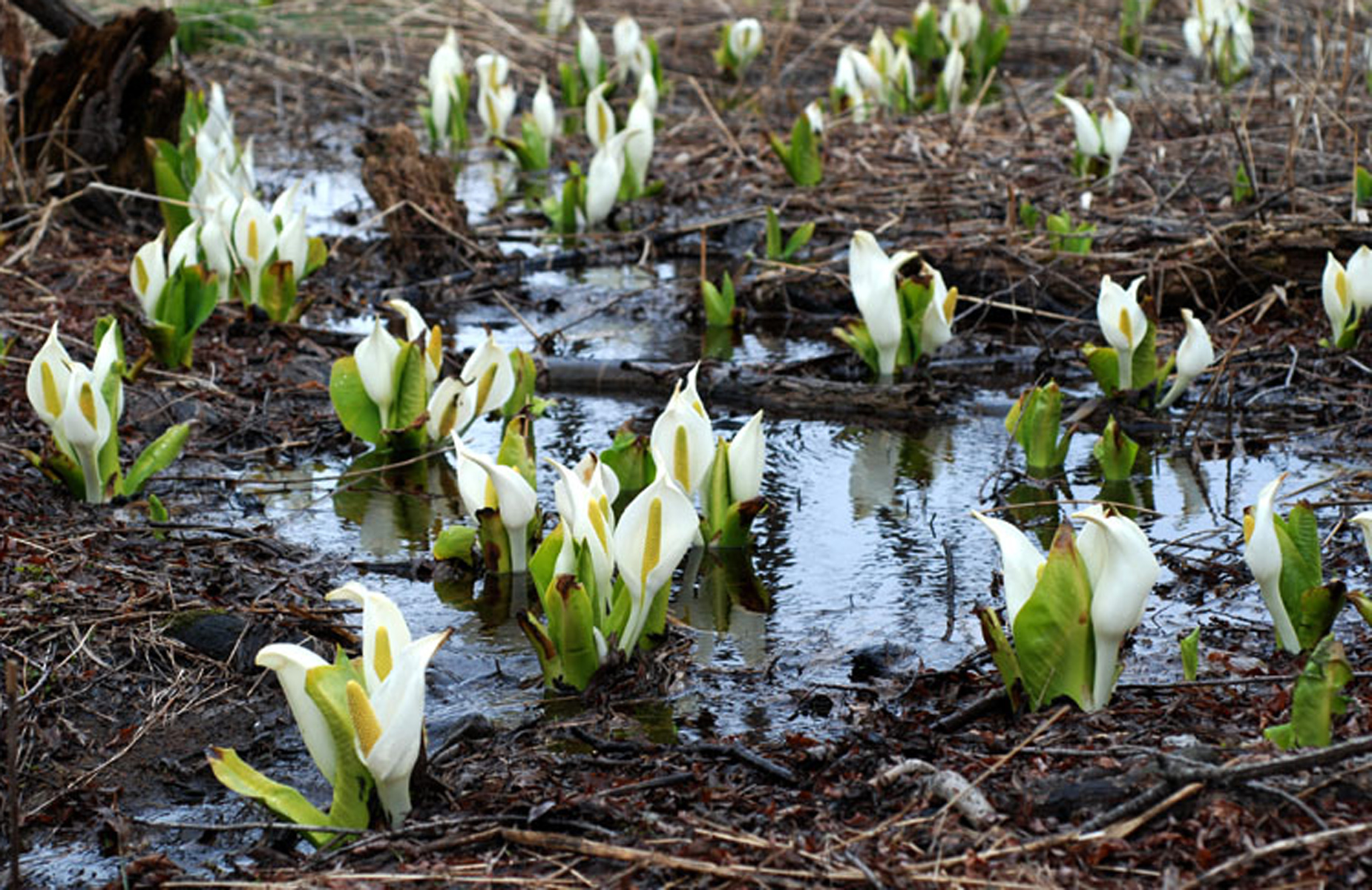Apple Blossom Time, 100 Years Ago
Sunday, May 30th, 2010~reprinted from Gates Ajar, Spring 1992
Almost (120) years ago, Ranald MacDonald took pen in hand to correct an article in the Spokane (Washington) Review. He sent his correction, however, [not to the Spokane Review but] to his local newspaper, The Kettle Falls Pioneer, where it won front page coverage on May 12, 1892. This ‘letter to the editor’ revealed something of Ranald’s style (concerned historians will note that Ranald added his own disclaimer.) The column was headed: “HISTORIC APPLE TREES, A Few Facts Penned by Mr. Ranald MacDonald”.
Here is a portion of the “offending” story Ranald felt compelled to refute:
“The Washington State Historical Society is doing very valuable work, and has much more to do. Among other things demanding its attention should be the removal to one of the public parks in Tacoma of those two old historic apple trees now growing at old Fort Nisqually. Those threes are the first apple trees planted in the northwest, at least north of the Columbia. On November 1, 1834 it was planted in a hotbed by Archie McDonald. Nicknamed “Sleepy” McDonald, and the following spring the twigs were transplanted to the ground where they now stand at old Fort Nisqually. McDonald was one of the chief clerks of the Hudson Bay Company, and was sent from Vancouver by the good Dr. McLaughlin to found Fort Nisqually. In England in 1833 the captain of an English ship was given a grand dinner on the eve of his departure for the wild wilderness of the northwest. In eating an apple a lady carefully saved its seeds, presented them to the captain, and requested him to have them planted in the new world. These were the seeds planted at old Fort Nisqually. The two trees they produced stand about a mile off the main road between Tacoma and Olympia, the location of Nisqually having been changed from its original site …” ~Spokane Review
And so Ranald wrote:
“OLD FORT COLVILLE
MARCUS P.O., WASH.
EDITOR PIONEER: –The above interesting paragraph, having the ring and spice of romance, I fear will not bear the cold facts of history. I will be brief: Mr. Archibald MacDonald, stationed at Fort Langley on the Fraser River, received his parchment or commission while there; was then assigned to Fort Colville; the family, I believe, left Langley in 1833 in a bateau to reach Colville for the second time; coasted down Puget Sound, going ashore every night to camp; in due course arrived at Nisqually and camped on the beach at the mouth of a creek which I suppose to be the Sequalichew; here we laid over, Mr. MacDonald, inspecting the country. I remember (him) taking me and a younger brother to view the beautiful, park-like country covered with green and luxuriant grasses, and remember him saying is was just the country for cattle and sheep, and pointing to the running stream that could be utilized for milling purposes … Then Mr. MacDonald and the late Sir James Douglas and party was sent to build Fort Nisqually … with a view of making it the headquarters of the future Puget Sound Agricultural Company …
I have never heard Mr. Archie MacDonald called “Sleepy” or nicknamed; if so he must have slept with one eye open, for he was quick to see, act with energy and prompt to execute. The mistake may arise from the fact that there were three Angus MacDonalds – one was called ‘Sleepy’, one ‘Holey’, and the other ‘Glencoe’ – this I have been credibly informed by satisfactory evidence now living; but this was a long time after the founding of Nisqually, so this Sleepy McDonald could not be connected with the “Historic Apple Trees”.
The first apple trees planted and bearing fruit was at old Fort Vancouver north of the Columbia (river), where the Hudson Bay Company had a large garden under the care and management of a careful and intelligent Scotsman by the name of Mr. Bruce, who sometimes would cut an apple and give the boys a taste …
What I have some doubt is with respect to dates not having the journals by me, but note this from memory.
~RANALD MacDONALD, a Pro-Pioneer”
[Editor’s note: Although specific details vary, the story of apple seeds traveling from a London dinner party to Fort Vancouver is a well-known story. Vancouver’s “Old Apple Tree” still stands today and bears fruit, as it has for more than 150 years (more than 170 years to date!), not far from the site of the restored Fort Vancouver on the Columbia River.]

The annual Old Apple Tree Festival is typically held on the first Saturday in October from 10 a.m. to 2 p.m. at the Old Apple Tree Park, located on Columbia Way, just east of Interstate 5 Bridge. The festival focuses on environmental education and historic preservation with Heritage Tree walks, Historic Clark County tours, Birds of Prey show, scavenger hunts along the waterfront trail, kids’ activities, and much more. As a bonus, the Urban Forestry Commission gives away state-grown apples, as well as tree cuttings from the Old Apple Tree to each visitor.








